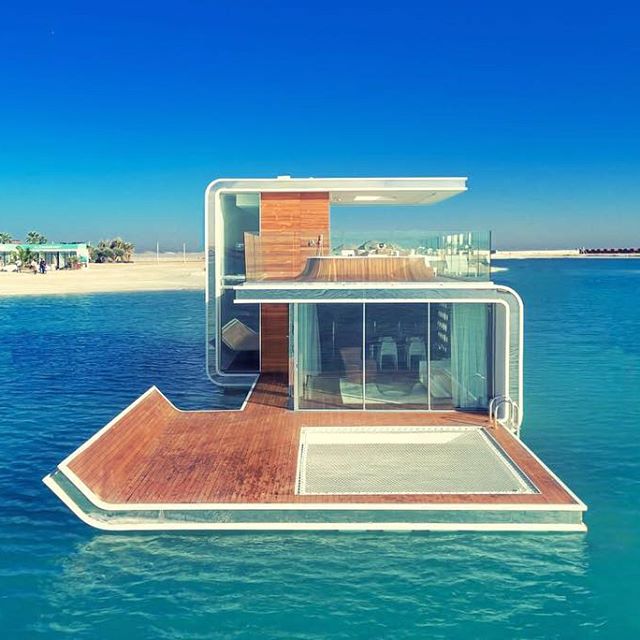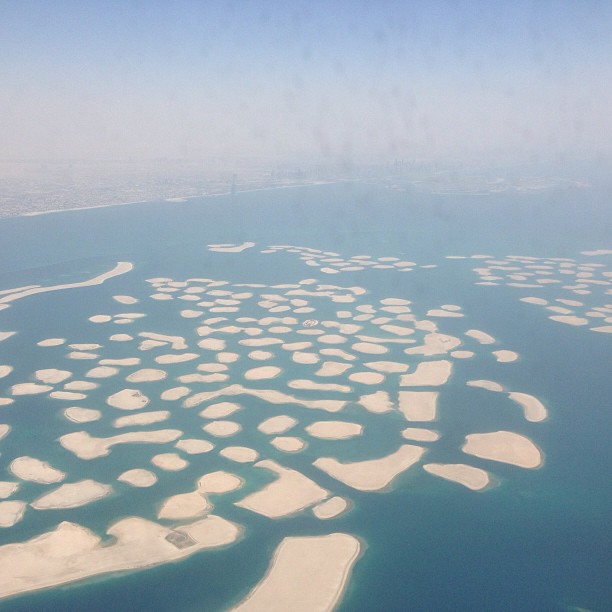House contractors in the Philippines and the other members of a construction team face a couple of dilemmas right now: Is there a way to build flood-proof houses? Is the only option is to go up or vertical like erecting condominium buildings?
The world population as of 2016 is 7.4 billion and, by 2024, Worldometers estimates it will reach 8 billion. By the way, our country bags the 12th spot for most populated countries in world. We shouldn’t be proud of that; we should be alarmed. How are we going to squeeze in 8 billion people in 57,268,900 sq. mi. of total land surface?
No wonder we are considering unorthodox methods such as colonizing Mars. This is an out of this world solution indeed. But we are forgetting something. The total land surface we mentioned above is only 29 per cent of our planet’s surface, according to One World – Nations Online. It means we still have 71 per cent left. Where would that be? It is none other than our waters; the oceans, lakes, seas and other bodies of water.
If we can’t beat the floods, might as well adapt to the situation.
Is it possible to build a floating community? Fortunately, it is and, in fact, other countries have tried it. A classic example is the ‘Floating City’ of Venice, which was constructed in 5th century A.D. in order to escape the barbarians that were marauding Rome’s former territories. How about in our time?

Source: Instagram/heartofcity.realty
The latest is Dubai’s ‘Floating Seahorse’ which was developed by Kleindienst. Telegraph states that it consists of 42 floating villas and according to the developer each one is like “a boat without propulsion.” Each unit is three stories tall and weighs 188 tons. However, the term ‘floating’ doesn’t mean it is moving because it will be docked among the artificial islands of The World.’ What is ‘The World’?

Source: Instagram/f-althani
It is another Dubai’s man-made wonder. It is an artificial archipelago that consists of private, man-made islands which resembles a shape of a world map and it was completed in 2008. The World’s first inhabitant is the Royal Island Beach Club, Huffington Post reports. And now, the ‘Floating Seahorse’ is its next world-class attraction.
The Netherlands also embraced this concept not as a tourist attraction but to solve their problem with floods. Yup, our country is not the only one that gets submerged when strong typhoons and rains batter our lands. Deutsche Welle (DW) describes how Netherland’s structures float. “The base of the building is filled with cement and heavy-duty foam. Rings attached to sunken posts make sure the house stays put.” The downside is the house is a bit rocky but a resident named Willem Blokker says on his interview in DW that you’ll get used to it over time. It is also their solution to fight climate change.
Should our country follow what the Netherlands did? This was the suggestion of Architect Felino “Jun” Palafox, Jr., according to Science.ph. He sees this as a solution for a flood-proof urban housing. Other than floating houses, he also suggests vertical living—which house contractors in the Philippines are good at—and better drainage systems.
What’s stopping us? “We really need political will to get funding [for these projects],” Mr. Palafox says.
Spot on.